At the age of 68, Mrs. B. (living in Can Tho City) came to the South Saigon Hospital for examination in a state of continuous lower back pain, numbness in both legs, and almost unable to walk on her own. Every step she took was a struggle, requiring someone to support her in moving and doing daily activities.
N risk of permanent loss of mobility
Before that, she had been persistently treated with medication and changed her lifestyle, but her condition did not improve. Her family kept looking for a place that could perform surgery on her, but most of them refused.
Because she had dangerous underlying diseases such as type 2 diabetes, anemia, osteoporosis, hepatitis B and cirrhosis, there was a high risk of complications during spinal surgery.
Knowing about a successful spinal stenosis surgery on an elderly patient with many similar underlying diseases, performed at Nam Sai Gon International General Hospital, her and her family's hope was rekindled.
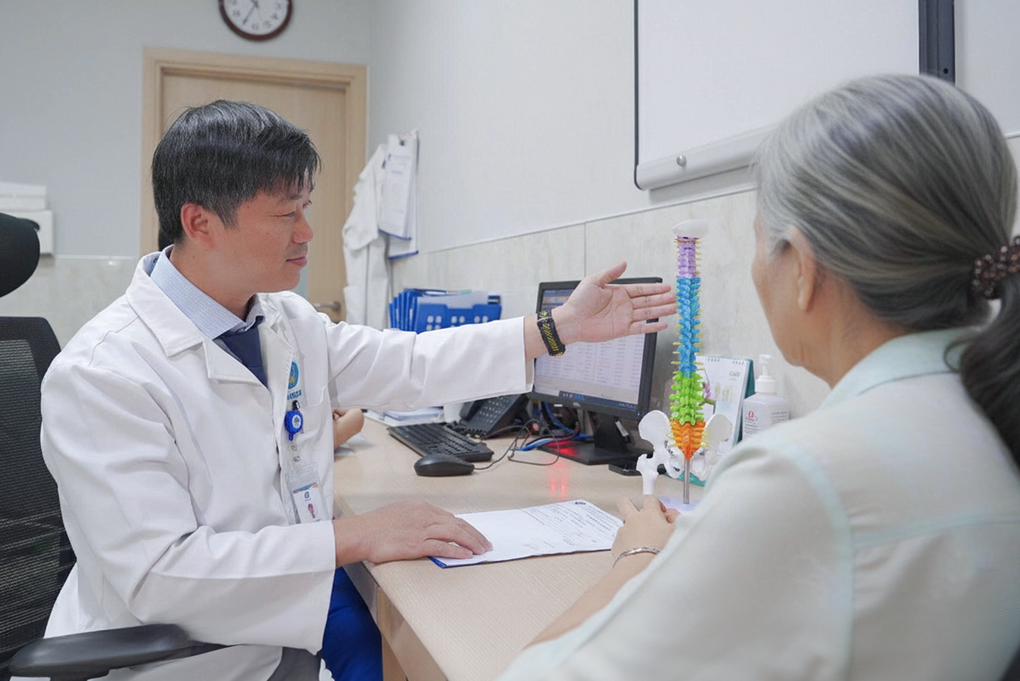
Dr. Nghia is examining and consulting a patient (Photo: BVCC).
Based on clinical examination and MRI imaging diagnosis, Dr. Le Trong Nghia, Deputy Head of the Department of Neurosurgery - Spine, determined that Ms. B. had severe lumbar spinal stenosis causing compression of the L4-L5 nerve roots on both sides, due to spinal degeneration and ligamentum flavum, accompanied by L4-L5 disc herniation.
This condition has lasted for a long time, causing the patient's legs to almost lose feeling. If treatment is delayed, the patient may completely lose the ability to move the lower limbs.
In the above situation, doctors at Nam Sai Gon International General Hospital organized a multidisciplinary consultation of Neurosurgery - Spine, Anesthesia and Resuscitation, Cardiology - Endocrinology. The treatment team determined that the patient's physical condition was at level 3-4 according to ASA (American Society of Anesthesiologists' preoperative physical condition classification system).
At this level, the risk of complications during anesthesia and surgery is high, including difficulty controlling blood pressure, susceptibility to infection, blood loss, postoperative bleeding, slow wound healing, etc.
Faced with that challenge, the surgical team considered and decided to choose the minimally invasive transforaminal lumbar vertebral body fixation (MIS-TLIF) method using a tube system, under C-arm guidance.
MIS-TLIF is a method of percutaneous screw placement and intervertebral fusion through the intervertebral foramen - the location where the nerve roots exit the spinal canal, effectively relieving nerve compression while minimizing invasion of healthy tissue.
Thanks to that, patients significantly reduce blood loss, shorten anesthesia time and post-operative recovery time, factors that are especially important for the elderly with many underlying diseases.
However, this technique requires a team of highly skilled doctors and the support of modern equipment to ensure maximum safety throughout the surgery.
After being carefully consulted, the female patient and her family decided to put their trust in the surgery, performed by doctors at Nam Saigon Hospital.
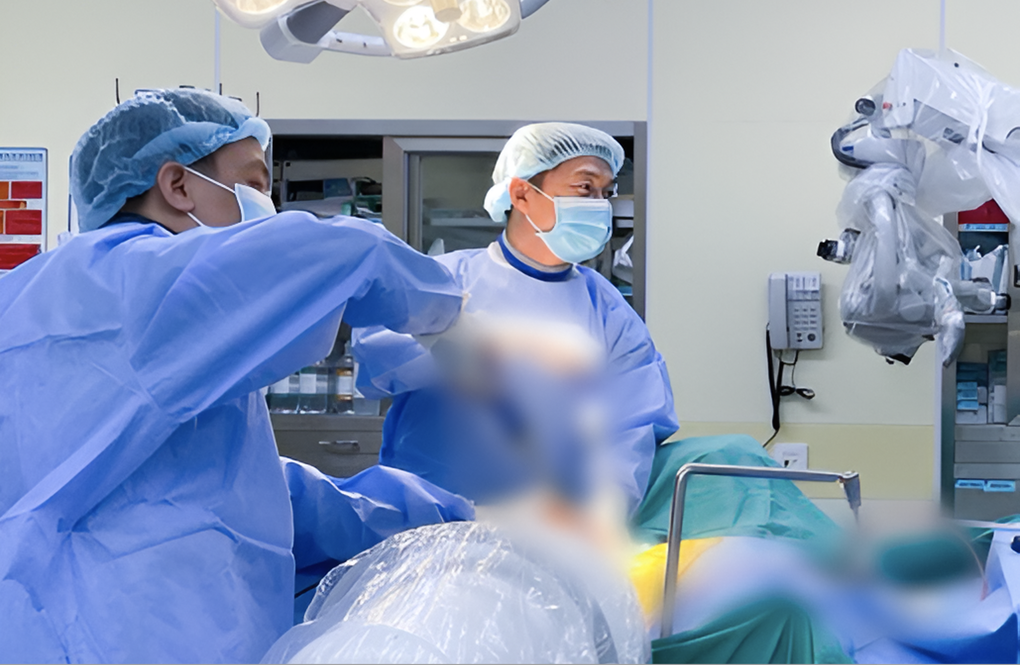
The surgical team removed the nucleus pulposus and inserted lumbar spinal screws through the skin for the patient (Photo: BVCC).
The Amazing 3 Day Recovery Journey
The surgery took place with close coordination between Neurosurgeons - Spine, including Dr. CKII Le Trong Nghia and Dr. CKI Truong Cong Lam, and the Anesthesia and Resuscitation team led by Dr. CKI Duong Thi Hoai My.
Under the guidance of the modern C-arm system, X-ray images are provided in real time during surgery, doctors only need a small incision next to the spine in the L4-L5 region to access the damaged area with a microsurgical tube system. Doctors gently cut the articular processes and remove the herniated disc nucleus pulposus at the L4-L5 vertebrae to release the compressed spinal cord and nerve roots.
The team then placed a highly durable, compatible artificial biological disc to recreate the height of the spine, while also grafting the patient's own bone, and attaching 4 specialized screws used in minimally invasive surgery under the positioning of the C-arm machine integrated in the operating room.
The two vertebrae L4-L5 are firmly fixed, preventing spinal instability and helping the bone healing process better. In particular, the challenge in the surgery also comes from the issue of ensuring anesthesia safety and hemodynamic control in patients with high risk of surgical complications.
Because a minor respiratory or cardiovascular disorder can cause the patient to stop circulating right on the operating table. Thanks to the careful preparation of the anesthesia plan by Dr. Duong Thi Hoai My, the surgery went smoothly, without any dangerous complications appearing during the 3 hours of operation.

Image of L4-L5 vertebrae when the patient first entered the hospital (left) and after surgery (Photo: BVCC).
After surgery, the patient showed no signs of weakness or sensory disturbances. After 3 days, Mrs. B. stood up and performed her first walking exercises. On the 7th day, Mrs. B. was discharged from the hospital in a stable condition, the surgical wound healed well, no infection or bleeding after surgery, no more back pain or numbness in the lower limbs.
Thousands of patients with herniated discs have been successfully treated.
According to Dr. Le Trong Nghia, currently the Department of Neurosurgery - Spine, Nam Saigon International General Hospital is one of the few units in the Southern region that routinely deploys advanced spinal surgery techniques, combining the application of modern technology such as C-arm system in surgery, microsurgery glasses, spinal endoscopy and Navigation.
In addition, a team of multidisciplinary experts closely coordinates in each case, ensuring effective treatment and maximum safety for patients.
Thanks to this, thousands of patients with herniated discs, degeneration, spondylolisthesis, vertebral collapse or spinal stenosis have been successfully treated, with pain relief, restored mobility and a full quality of life after surgery.
“The most important thing is that people do not ignore the body's warning signals, such as persistent back pain, numbness radiating down the legs or difficulty walking...
Early examination at reputable medical facilities specializing in Neurology - Spine will help patients receive timely intervention, prevent complications and preserve motor function," Dr. Nghia emphasized.
Source: https://dantri.com.vn/suc-khoe/thu-thach-cuu-nguoi-phu-nu-doi-dien-nguy-co-khong-the-di-lai-20251109135640328.htm










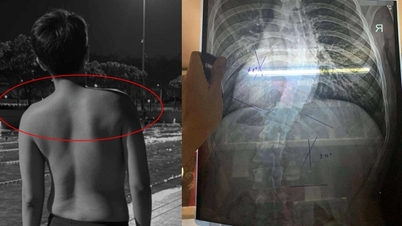





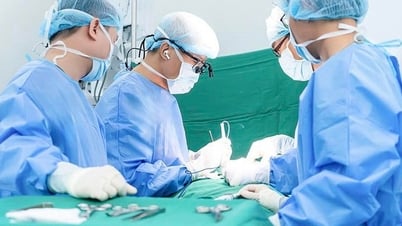

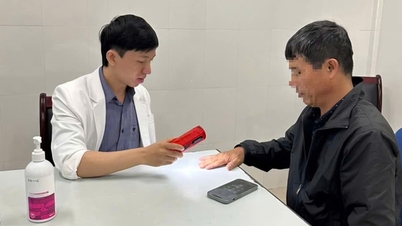

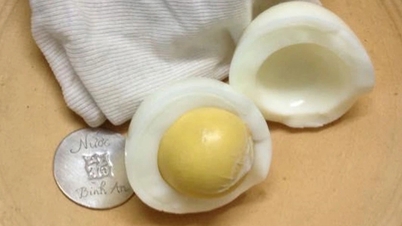


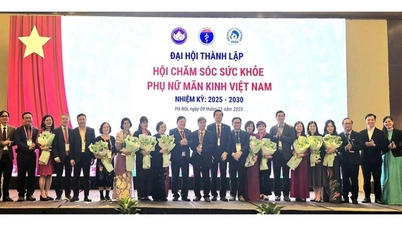






























































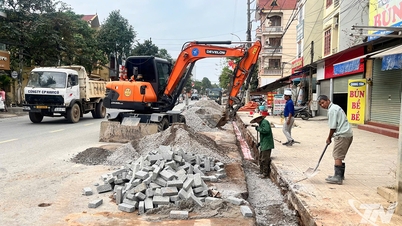





![Dong Nai OCOP transition: [Article 3] Linking tourism with OCOP product consumption](https://vphoto.vietnam.vn/thumb/402x226/vietnam/resource/IMAGE/2025/11/10/1762739199309_1324-2740-7_n-162543_981.jpeg)












Comment (0)